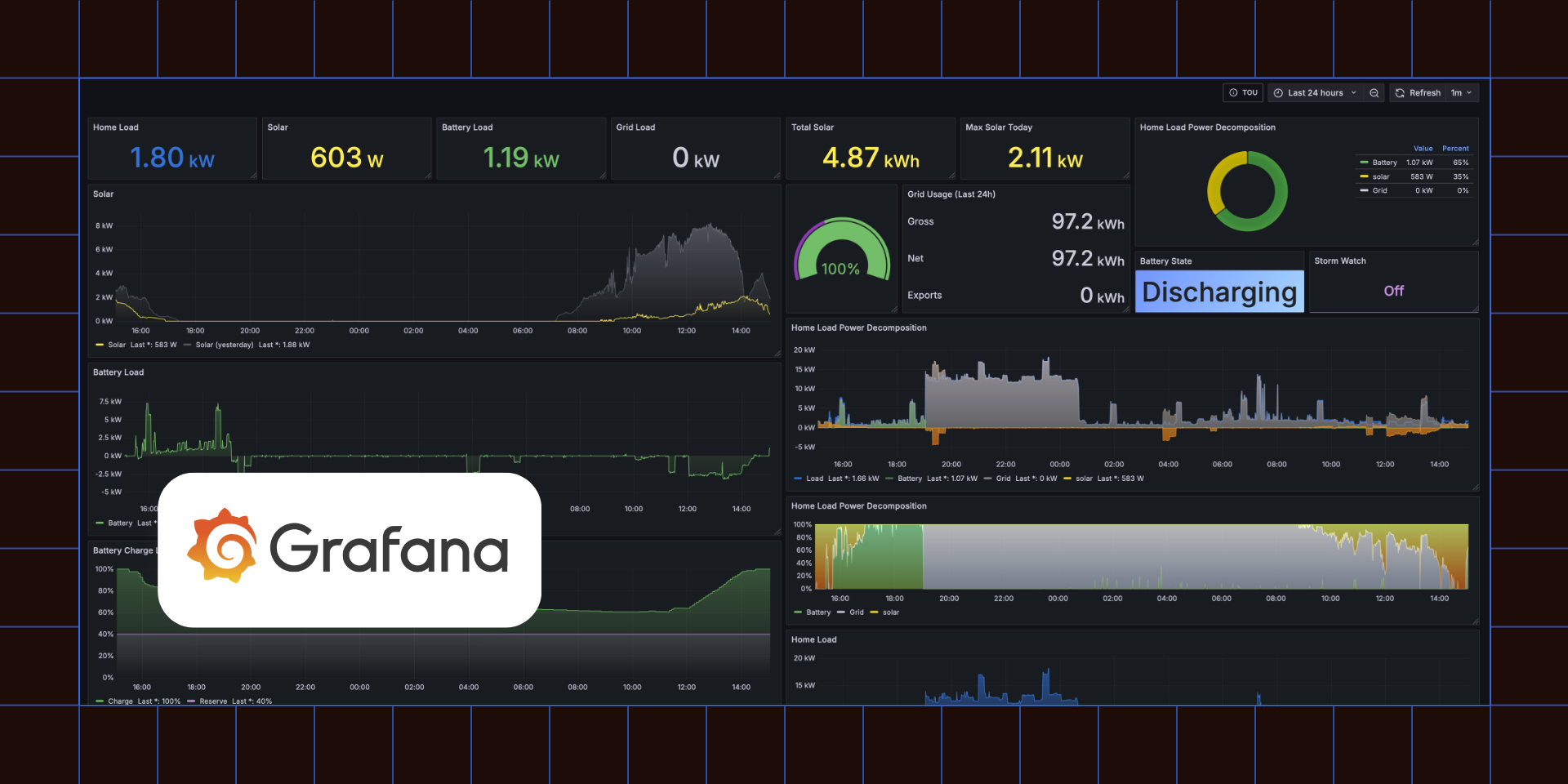
Swapfiets brings better service to its customers using Fivetran data insights
- Establishes a single CRM database for 270,000 subscribers
- Reduces data engineering TCO
- Accelerates move to hyper-personalization of customer engagement
Swapfiets is the world’s first ‘bicycle-as-a-service’ company. Founded in 2014 in the Netherlands, it has quickly grown to become one of the leading micro-mobility providers in Europe with over 270,000 monthly subscribers in Austria, Belgium, Denmark, France, the Netherlands, Spain, and the UK. The service is available in 65 cities across Europe.
Swapfiets is racing to establish brand dominance in the micro-mobility subscription market. Its growth strategy relies on the business identifying new cities, winning new subscribers cost effectively, and establishing an efficient local support network. Like cyclists in a city center, the business must move quickly and effectively.
The challenge: Understanding behaviors in an emerging market
The ‘as-a-service’ model has swept through nearly every segment of the global marketplace. You can now subscribe to everything from razors to dog food, fresh socks to gym memberships.
Swapfiets’ ‘bicycle-as-a-service’ is straightforward. For a monthly subscription fee, Swapfiets members receive a fully functional bicycle or e-bike solution for their own use. If needed, a repair service is available within 48 hours to repair or directly swap the bike at no additional cost. For subscribers, many of them young and urban, it removes the need to buy and service a bike. Costs range from €19,90 to €79,90 per month.
For Swapfiets, it is critical to understand its target demographic and how best to provide local support. It must carefully target its marketing and avoid over-provisioning stock.
“It’s important we understand the behaviors of our customers, of the bikes, and the differences between locations,” says Willem Baesjou, Senior Data Engineer, Swapfiets. “Our data science team needs this data quickly and consistently.”
Originally, the Swapfiets data engineering team had built custom Python scripts to extract data into their central Redshift instance. This was manageable when pulling from just a couple of data sources but proved impractical as the business started to expand at pace. If it was to make sense of critical subscription and usage data, Swapfiets needed a more streamlined approach to data ingestion.
Creating an accurate picture of subscribers and operations
Fivetran enables Swapfiets to pull data from multiple data sources into a single centralized data warehouse. This data warehouse establishes a single source of truth on operations, customers, and bike usage. Standardized, real-time data then allows Swapfiets’ marketing, service, and operations teams to make informed decisions.
“We identified Fivetran as the leading data integration tool. We conducted a test and were very, very happy with the results,” says Joris van Raaij, data engineer, Swapfiets. “What would have taken a huge amount of internal resources, Fivetran managed automatically. It was up and running within a day. Once it was set up, we never looked back.”
Beyond the short-term fix, the engagement ensures Swapfiets can scale its data sources. New sources can be integrated quickly; the data pipeline is more stable; the data science teams have consistent access to the data they need most.
“We’d have needed an employee to work two or three days a week to test and maintain custom scripts,” adds Baesjou. “That work is now handled automatically by Fivetran. We have access to excellent, pre-built dbt data models from Fivetran.”
[CTA_MODULE]
Hyper-personalization to transform urban transport
As cities across Europe develop plans to tackle congestion and carbon emissions, micro-mobility solutions are an increasingly important part of their transport strategies. The richness of Swapfiets’ user data is invaluable in helping the business partner with city planners.
Swapfiets is able to combine user analytics with terrain, weather, and cycling infrastructure to improve the user experience. This is useful in creating the pricing and services to win new subscribers, and to refine the longevity of the Swapfiets’ bikes, the responsiveness of the service teams, and inventory management. Swapfiets is aiming to have a fully circular bike usage concept, with all parts reused or recycled, by 2025.
Alongside this, the next step is hyper-personalization. Swapfiets wants to do more to understand individual users and create micro-segments. This allows Swapfiets to provide an even better personalized service to its customers so that they can benefit from special offers and incentives. Naturally, this will involve the integration of new data sources as the company creates a more detailed picture of users.
“The future will see a lot more reverse ETL in our data warehouse out to our applications,” says Baesjou. “This is not something we had the time for before Fivetran. We’ll also be moving to Fivetran Snowflake, which makes it possible to develop faster in a more stable environment. Fivetran has changed the purpose and the ambition of the data engineering team.”

Learn how automated data movement boosts productivity and accelerates insights for your business.
Download the report
How real Fivetran customers accelerate analytics and AI
Get the guide




















